Curious Questions: Why do cats have whiskers?
Martin Fone investigates the all-important role of feline whiskers—including how they contribute to enhancing the species' beauty.

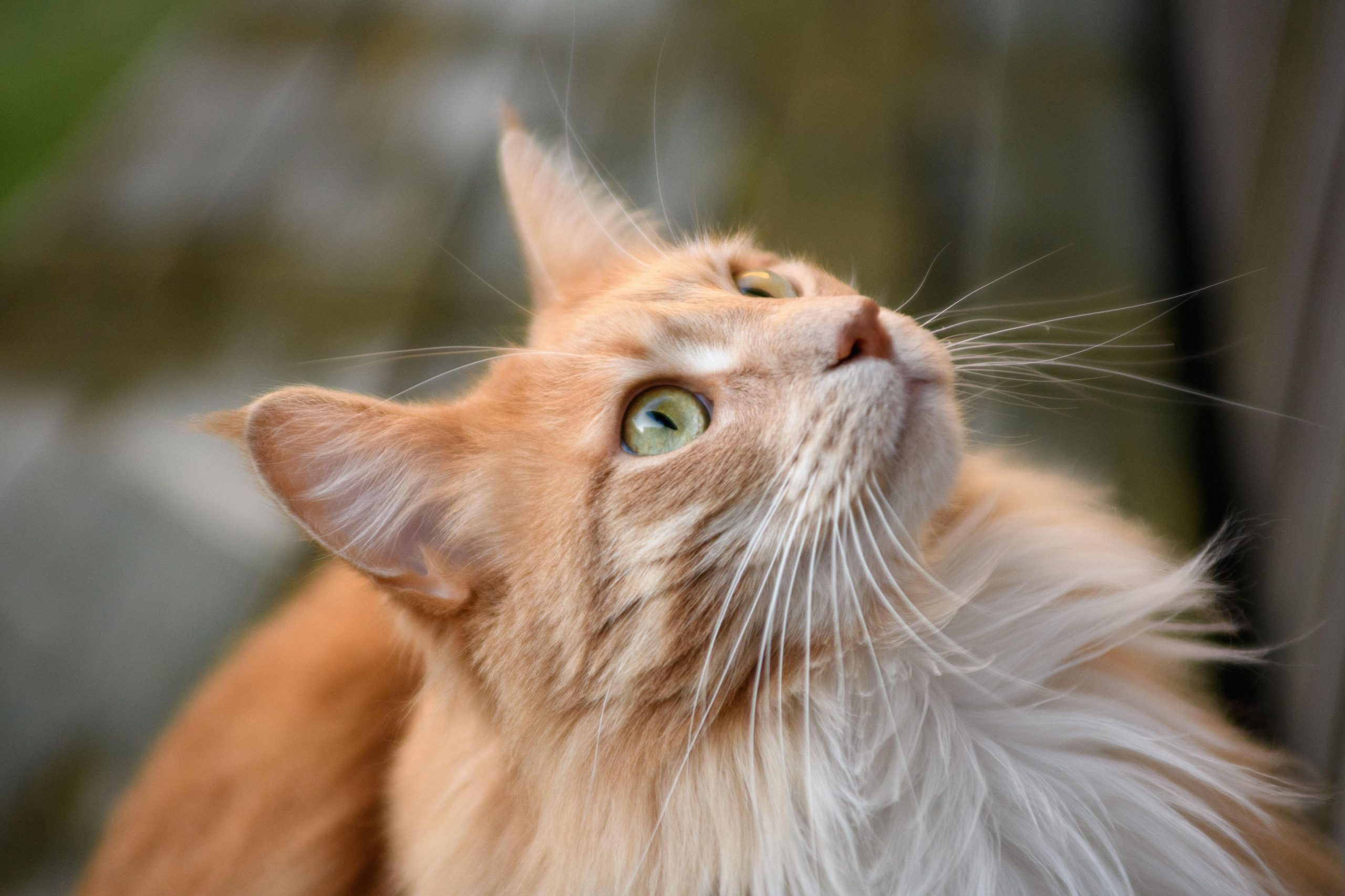
Is beauty in the eye of the beholder, as Margaret Wolfe Hungerford wrote in Molly Bawn (1878), or is there a more rigorous, mathematical approach to determining what is beautiful? This is a question that has exercised the greatest mathematical minds and fascinated many an artist and architect.
Pythagoras and Euclid sought to determine ‘physical perfection’ by comparing measurements, ratios, and symmetry, concluding that the ratio that best epitomised physical beauty was 1:1.618, the so-called Golden Ratio or φ. Leonardo da Vinci’s Vitruvian Man is, perhaps, the most famous application of this theory to the human body.
Does reality ape theory? The degree to which a person’s face measures against the Golden Ratio can be determined by dividing its length by its width and then comparing the result with the distance from the forehead hairline to the spot between the eyes, from there to the bottom of the nose, and from there to the bottom of the chin. The nearer the ratio between length and width is to 1.618 and the closer all the measurements are to each other, the more beautiful the face is perceived to be. Recently an analysis of the faces of celebrities and film stars revealed that the faces of Bella Hadid (94.35%) and George Clooney (91.86%) came closest to the Golden Ratio.
Leonardo da Vinci was an adherent of the Golden Ratio and a lover of cats, declaring that even ‘the smallest feline is a masterpiece’. What may have captured his imagination was the symmetry of the cat’s physiognomy, a sense borne out in studies into the comparative proportionality of key facial features, such as their ears, eyes, the tongue and nostrils of domestic pets.
The cat came closest to the Golden Ratio with a score of 46.51%, closely followed by the ferret (46.2%). The composite score for dogs, based on a hundred breeds, was just 29.64%, but the individual breed which scored highest was the Dalmatian with 67.03%.
What enhances the sense of symmetry in a cat’s face is the set of mystacial whiskers that sprout like eccentrically trained moustaches from their cheeks. Typically, a cat will have twenty-four, although the number will vary according to breed, arranged in four horizontal rows of three.
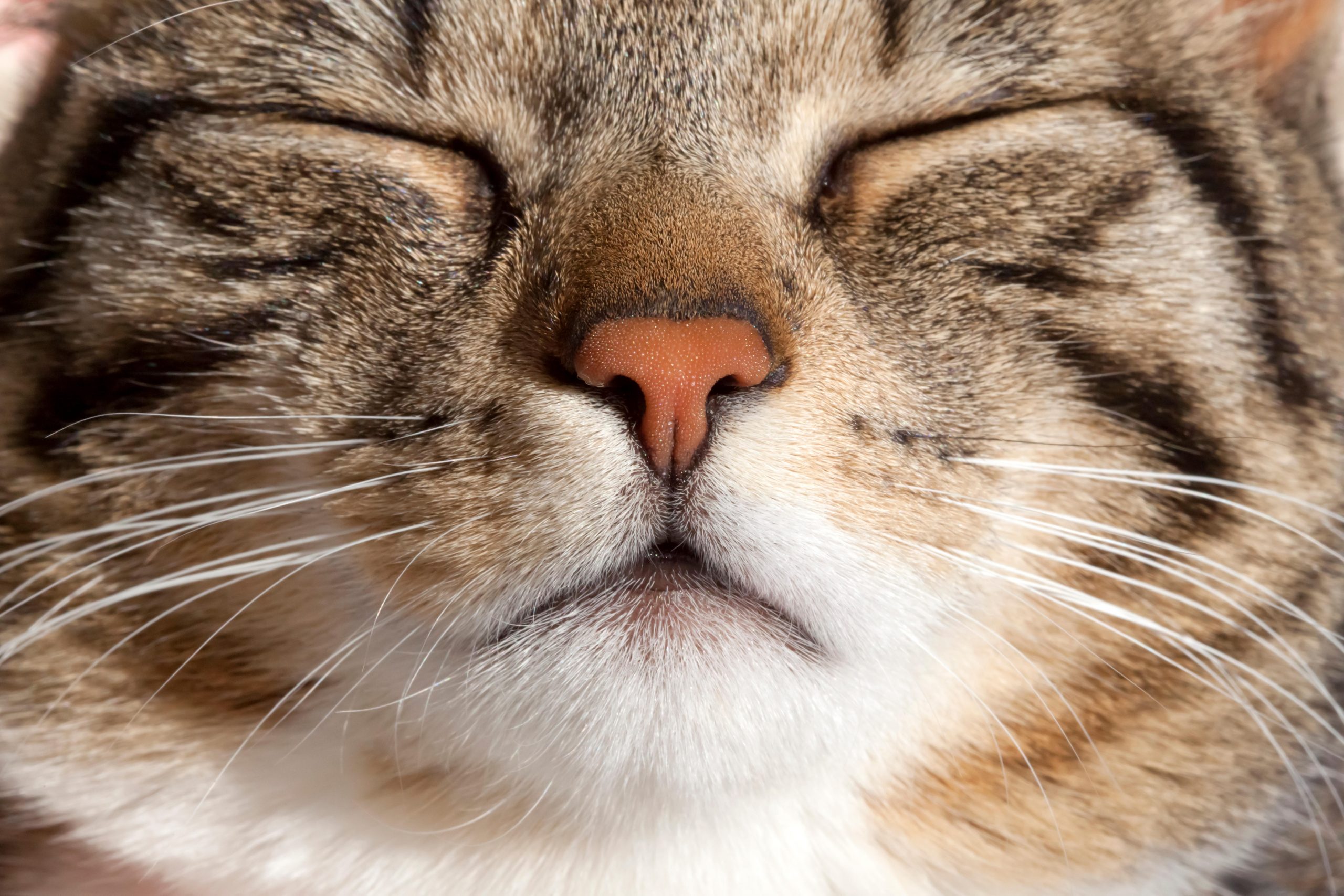
The specific pattern that they make is as individual to each cat as our fingerprints are to us. Each mystacial whisker is attached to a sling-like muscle at the base of the follicle, allowing the cat to move it individually or, instead, by deploying larger muscles that surround the whiskers, move them all as one or the top two rows independently of the bottom two.
Exquisite houses, the beauty of Nature, and how to get the most from your life, straight to your inbox.
It is this ability to move its whiskers that give us a good indication of how the cat is feeling, a sort of emotional barometer. Resting and feeling at ease with the world, a cat will relax its whiskers and they will stick out sideways. Raising its whiskers above its eyes, the classic pose that a photographer loves to capture, means that it is happy and content. Pulling its whiskers back and moving its ears to the side means that it is anxious, while aggression is signalled by pulling its whiskers tightly to its face, and it signals pain by moving them into a forward position.
Whiskers, also known as vibrissae, are up to two or three times longer and thicker than normal hairs and are made from keratin, a protein also found in their claw sheaths. They are also embedded three times more deeply into the skin, and although the follicles themselves do not contain any nerves, so have no feeling, they are rooted into an area packed with nerve endings fed by a strong blood supply, each follicle having its own nerve bundle. At the external tip of each whisker is a sensory receptor, the proprioceptor, that sends signals about vibration and touch to the brain.
Each individual whisker has its own dedicated spot in a cat’s brain and around 40% of its sensory area is devoted to processing information derived from the vibrissae. Rather than a cute facial accessory, whiskers are an essential piece of a cat’s navigational system, acting as a highly sensitive sensory organ, capable of detecting the slightest change in airflow which will alert them to their proximity to another object, especially in the dark, or the slightest variation in their surroundings. Watch a cat approach a narrow space and you will see it explore the gap gingerly with its head. Its whiskers are proportionate to the size of its body and if it can put its whiskers through the hole, then there will be enough room for the rest of its body. This is why there is an even number of whiskers each side of their face and why the distribution is symmetrical.
The fluffier or chunkier the breed of cat is, the longer its whiskers will be. The largest breed of domesticated cat, the Maine coon cat, typically will have whiskers that span at least six inches. The longest recorded whiskers belonged to a Maine coon from Finland, Fullmoon’s Miss American Pie, aka Missi, whose whiskers were 7.5 inches long when measured on December 22, 2005. At the other end of the scale, the Cornish Rex (pictured below), hairless except for a coat of down, boasts whiskers that are short and curly.
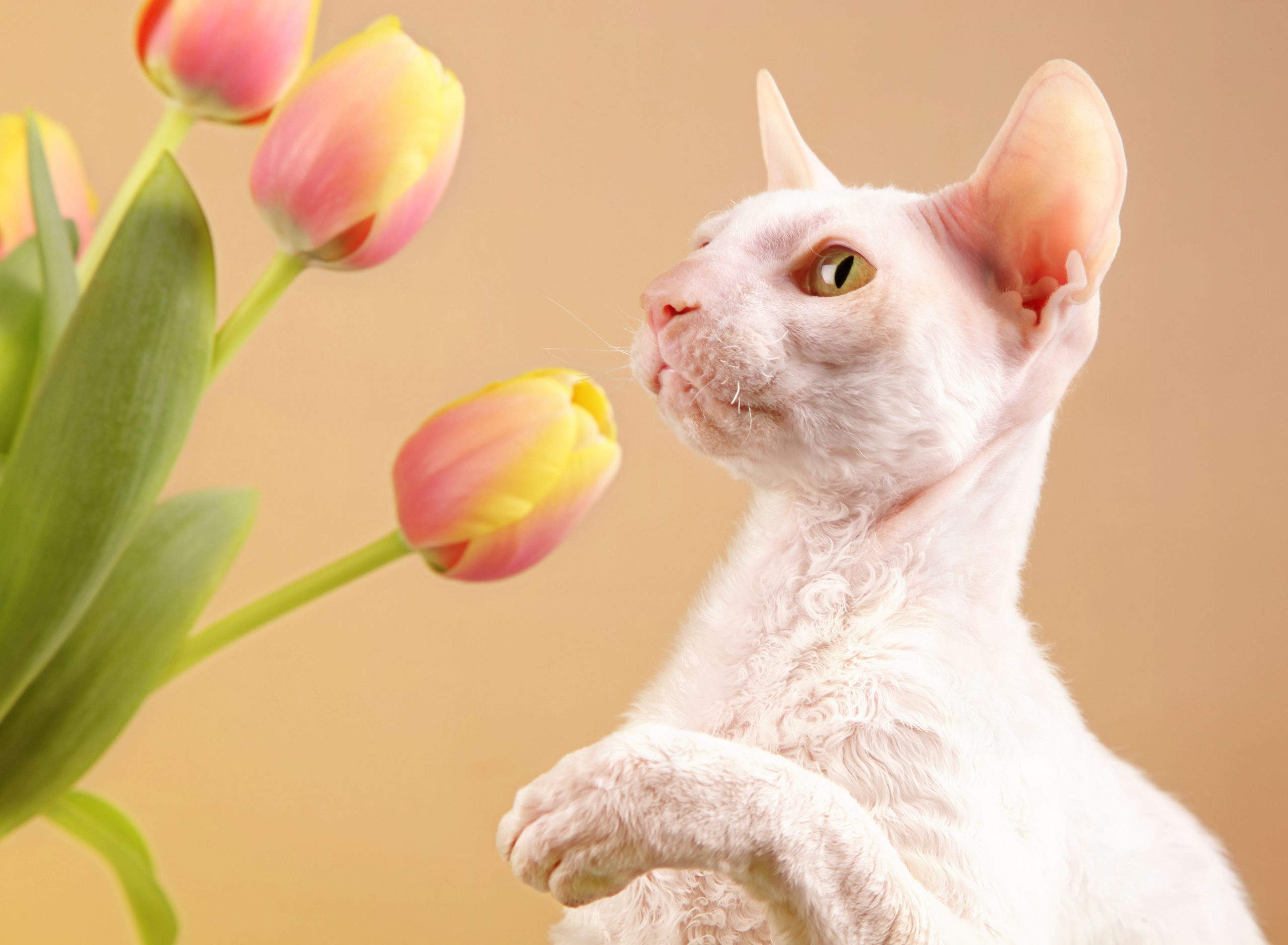
The proportionality of whiskers to body is part of the genetic makeup of a cat. While the whiskers will grow in relation to the cat’s body size as it develops, they do not adjust after maturity. An overweight cat labours under a significant disadvantage, its all-important navigational, positional and information gathering aids out of kilter, reason enough to cut down on those treats to ensure that your furry friend remains as sleek and trim as nature intended.
For much the same reason, the mystacial whiskers should never be cut or trimmed, even if the temptation to control a wayward whisker for that essential social media shot is almost irresistible. The whiskers, though, do go through a natural cycle of growth, dormancy, and shedding. Whiskers will change colour with age and will be shed from time to time, but another will soon grow in its stead.
Although they are the most striking, the mystacial whiskers are not the only set that a cat possesses. There are two other sets located on its face, on the eyebrows (superciliary) and on the chin (mandibular), as well as a set located at the back of their forelegs, known as carpal whiskers. The latter especially come into their own when the cat is out hunting. While their vision is excellent at distance, cats have difficulty in seeing anything clearly that is within thirty centimetres of them.
Their carpal and, to a lesser extent, mandibular whiskers enable the cat to close on its prey, detect whether it is still moving, and where to direct that fatal bite. They also come in handy when they are out climbing, giving additional sensory input about precisely where they are, what is ahead of them and even its texture. Truly, a cat’s whiskers are the cat’s whiskers.
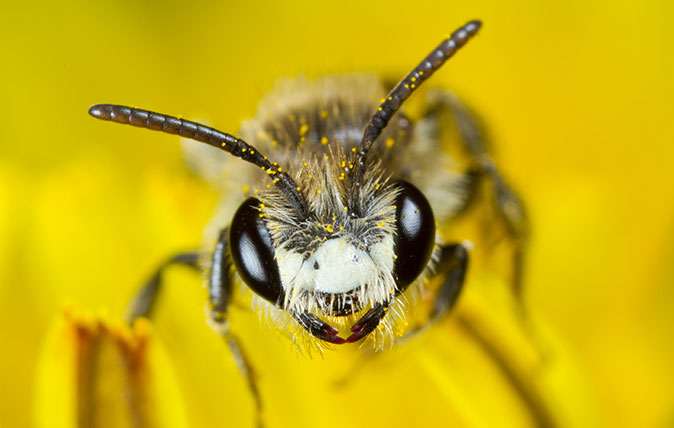
Credit: Alamy
Curious Questions: Are bees really busy?
We've all used the phrase 'busy as a bee' – but is it justified? Or are bees just as liable
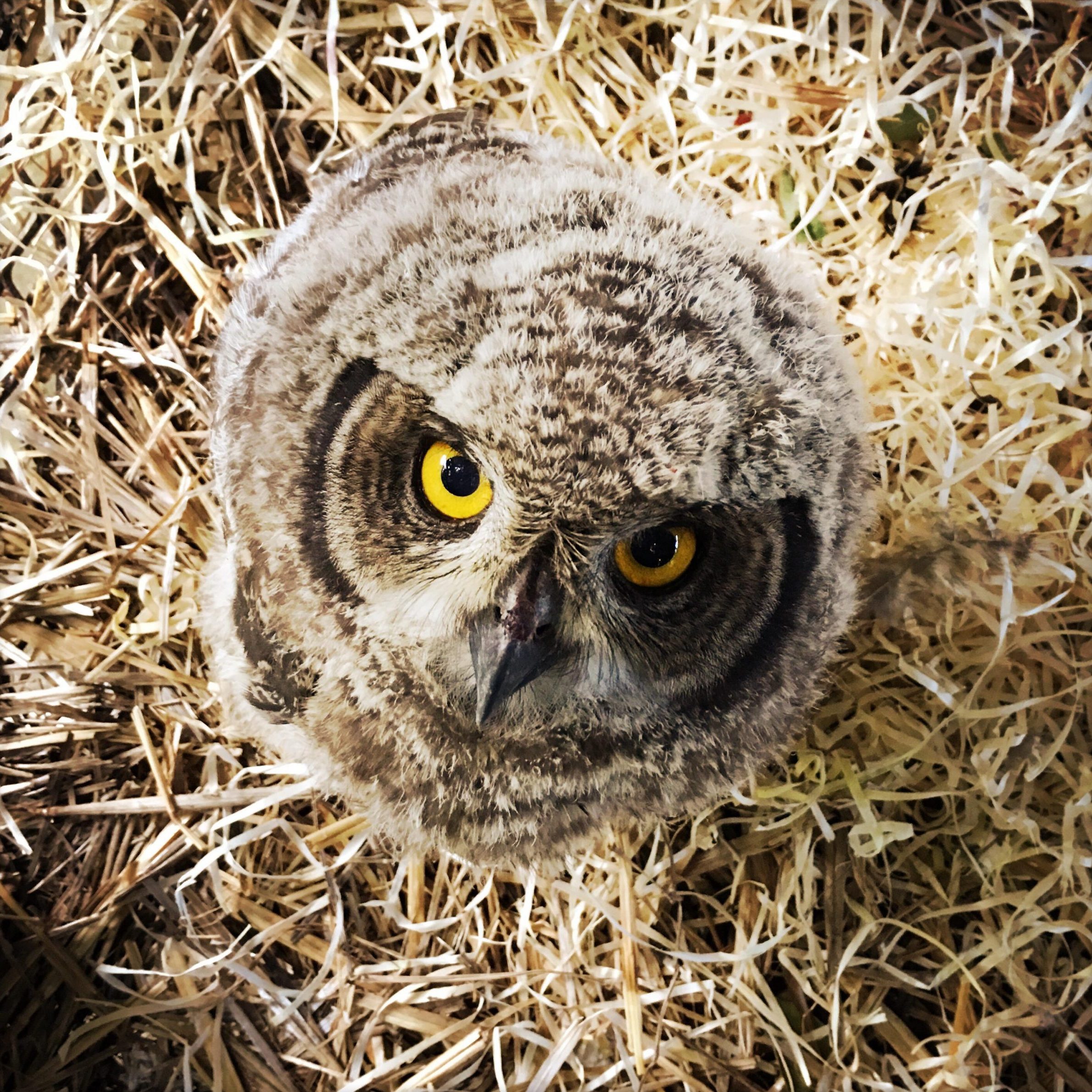
Credit: Alamy
Curious Questions: How wise are owls?
The age-old image of the intelligent owl has persisted for centuries — but are they really the intellectuals of the
After graduating in Classics from Trinity College Cambridge and a 38 year career in the financial services sector in the City of London, Martin Fone started blogging and writing on a freelance basis as he slipped into retirement. He has developed a fearless passion for investigating the quirks and oddities of life and discovering the answers to questions most of us never even think to ask. A voracious reader, a keen but distinctly amateur gardener, and a gin enthusiast, Martin lives with his wife in Surrey. He has written five books, the latest of which is More Curious Questions.
